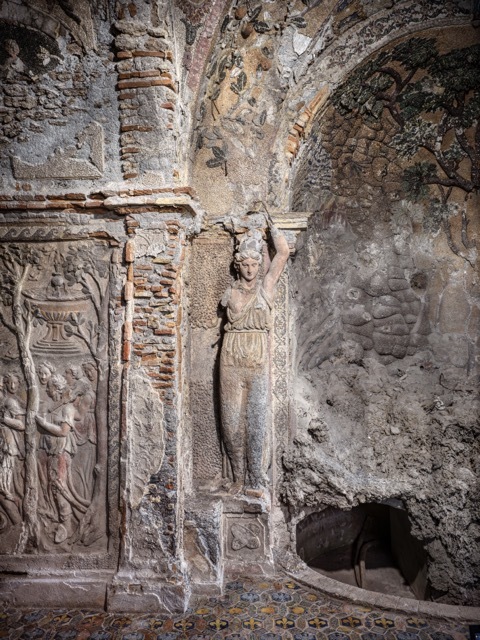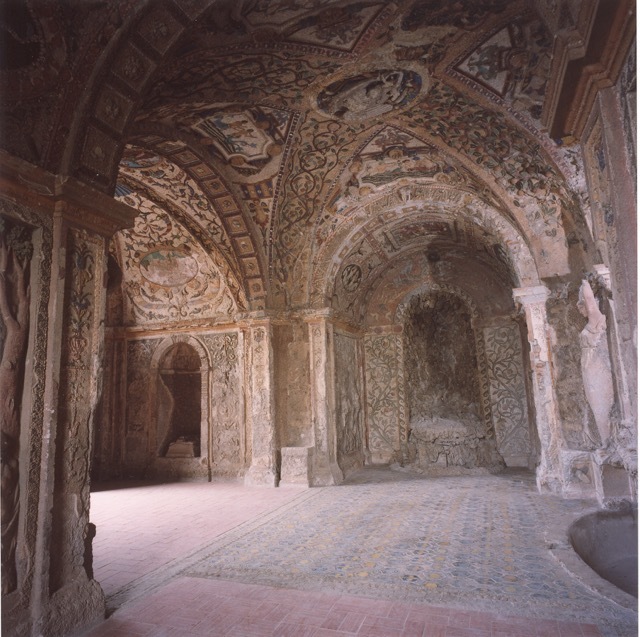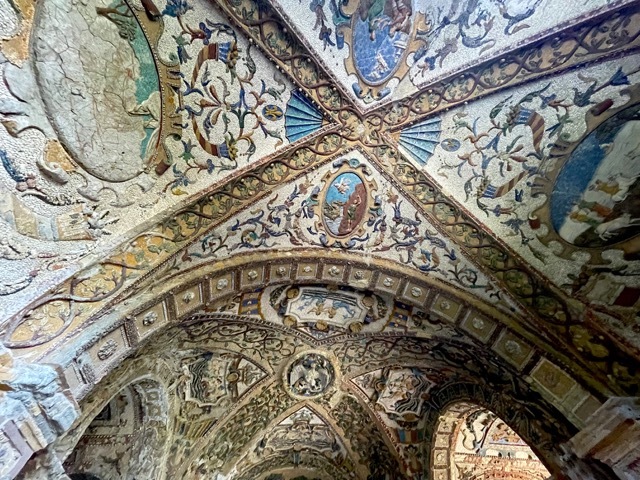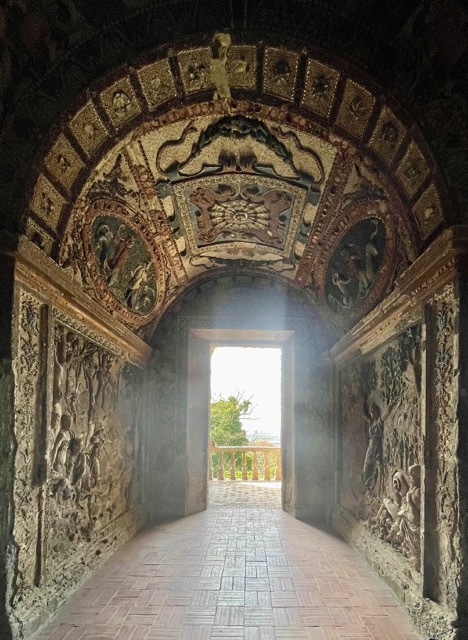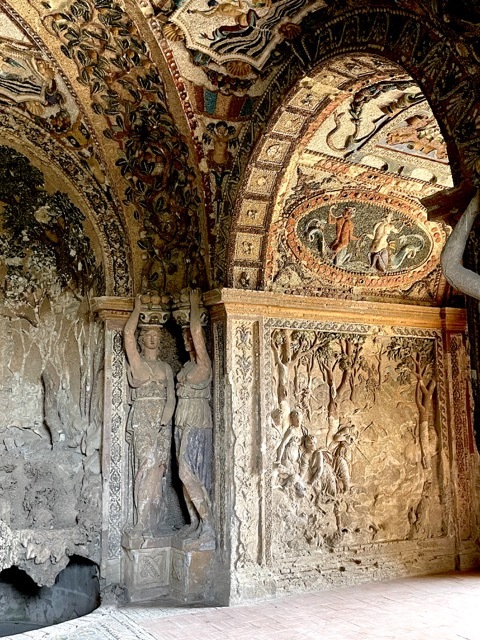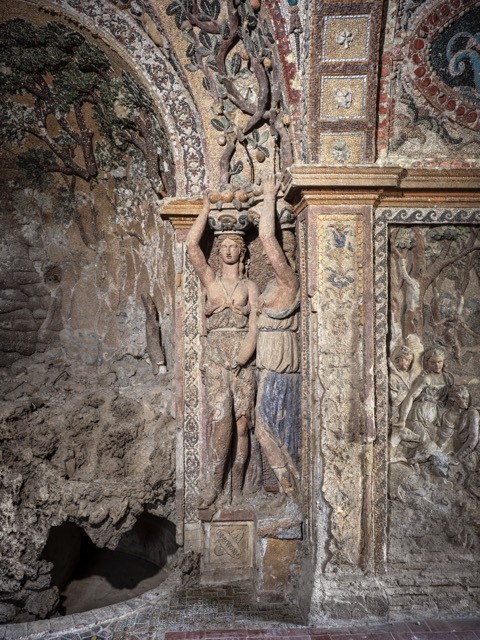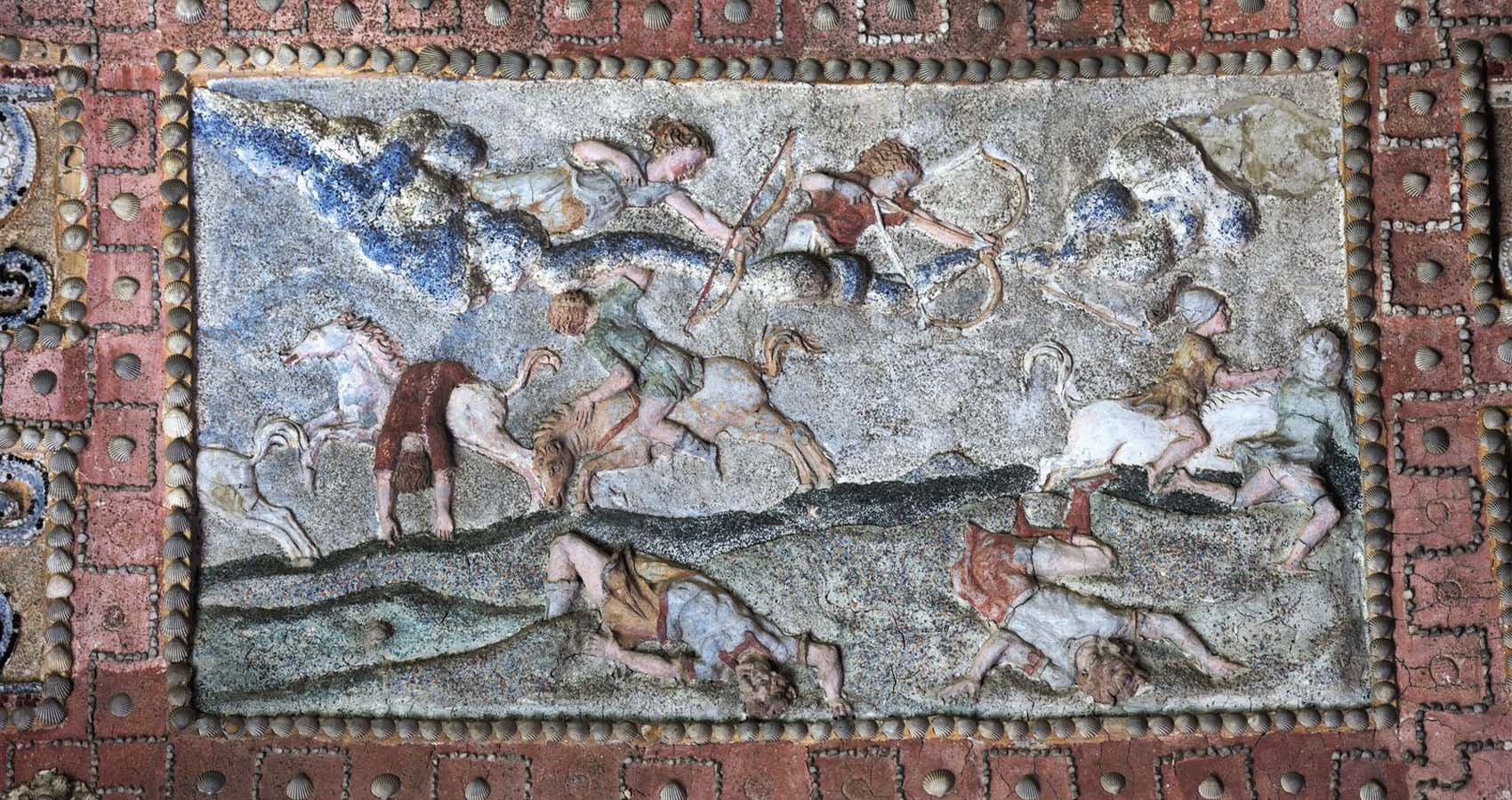FENDI and Villa d'Este Unite for the Restoration of the Enchanting Grotto of Diana
Restoring history, unveiling beauty.
In a delightful marriage of fashion and history, FENDI, the renowned Roman luxury Maison, is set to collaborate with Villa Adriana and Villa d'Este for the conservative restoration of the Grotto of Diana. Nestled in the picturesque Estense Garden in Tivoli, this ambitious project is slated to kick off in the coming months, breathing new life into a centuries-old treasure.
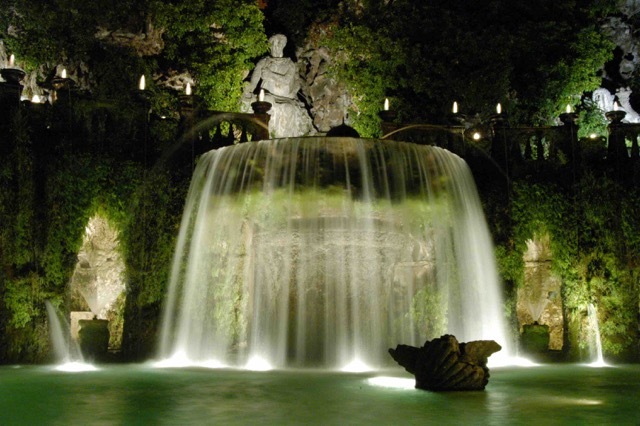
The primary objective of this restoration endeavor is to fully recover the legibility of the Grotto's decorative cycle, unlocking its historical richness and significance. The Grotto of Diana holds a special place in the heart of Villa d'Este, a UNESCO World Heritage Site since 2001. This enchanting space, perched in a particularly suggestive and panoramic corner of the Villa, promises to become even more accessible and inviting.
The Grotto, a cruciform plan nymphaeum, was crafted between 1570 and 1572 by the skilled hands of Paolo Calandrino, drawing inspiration from the visionary Pirro Ligorio, the mastermind behind the entire Villa and its sprawling park. Dedicated to the embodiment of virtue in the form of Diana, the goddess huntress, the Grotto unfolds a visual narrative of mythological episodes from Ovid's Metamorphoses. Tritons, Nereids, and Caryatids canephorae grace the interior, bringing to life a rich tapestry of stories.
What makes this restoration particularly exciting is the commitment to improving accessibility. Not only will the Grotto regain its original splendor, but efforts will also be directed towards enhancing motor accessibility and accommodating the needs of visitors with visual, hearing, and cognitive disabilities. A dedicated path is on the horizon, ensuring that everyone can partake in the marvels held within the Grotto of Diana.
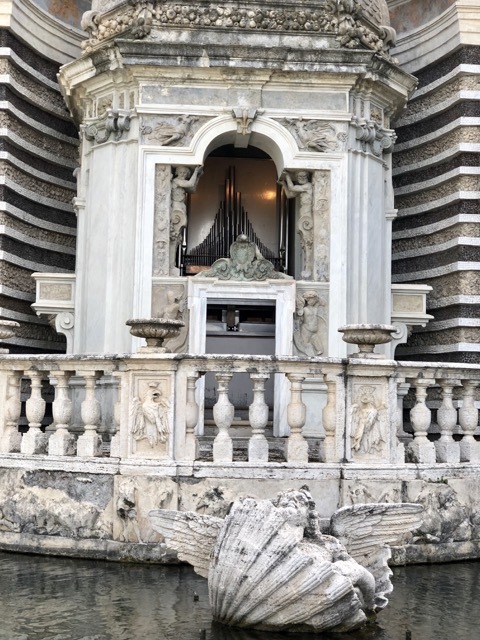
The Grotto itself is a testament to the opulence of its time. Covered in a lavish and intricate polychrome and polymateric decoration, the surfaces boast stuccoes, glass pastes, shells, glazed majolica tiles, and various stone materials. It served as a foundational reference for the development of grottoes and nymphaea in European gardens during the 16th and 17th centuries, leaving an indelible mark on the landscape of art and culture.
The historical significance of the Grotto is not lost on the memory of Cardinal Ippolito II d'Este, who was known to frequent these hallowed grounds. For him, the Grotto encapsulated an ideal synthesis of the peculiar values of late 16th-century Mannerist culture. Now, with FENDI's support and a commitment to inclusivity, the Grotto is poised to once again become a vibrant hub of culture and history, welcoming visitors from all walks of life to immerse themselves in the magic of bygone eras. The fusion of fashion and heritage has never been more captivating, and as the restoration unfolds, the Grotto of Diana is primed to reclaim its status as a jewel in the crown of Villa d'Este.
